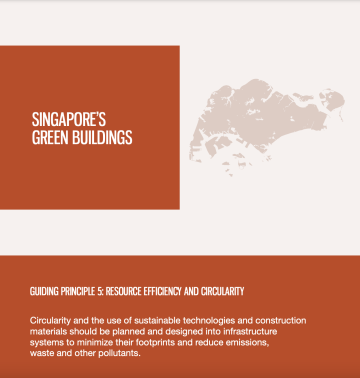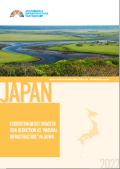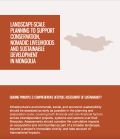
As a city-state occupying just over 720 kilometres² of land, Singapore faces considerable natural resource constraints. Yet it has one of the most carbon efficient economies in the world, and it seeks to green at least 80 percent of its buildings by 2030. To fashion a clean, efficient and liveable city, and reduce reliance on natural resource imports for construction, Singapore has introduced a series of innovations since 2005 to integrate environmental sustainability into its built infrastructure.
This case study illustrates Guiding Principle 5: Resource Efficiency And Circularity and is part of a series of ten case studies which aim to inform the forthcoming wave of global infrastructure investment. Collectively, they specify and demonstrate how environmental, social and economic sustainability must be integrated right across infrastructure policymaking at the systems-level. The individual principles and case studies were developed via ongoing global consultation and inputs from experts and UN Member States, as part of implementation of the UN Environment Assembly (UNEA) Resolution 4/5 on Sustainable Infrastructure.
These publications have been made possible by the financial support of the Global Environment Facility, the Swiss Federal Office for the Environment, and the Partnership for Action on Green Economy.




